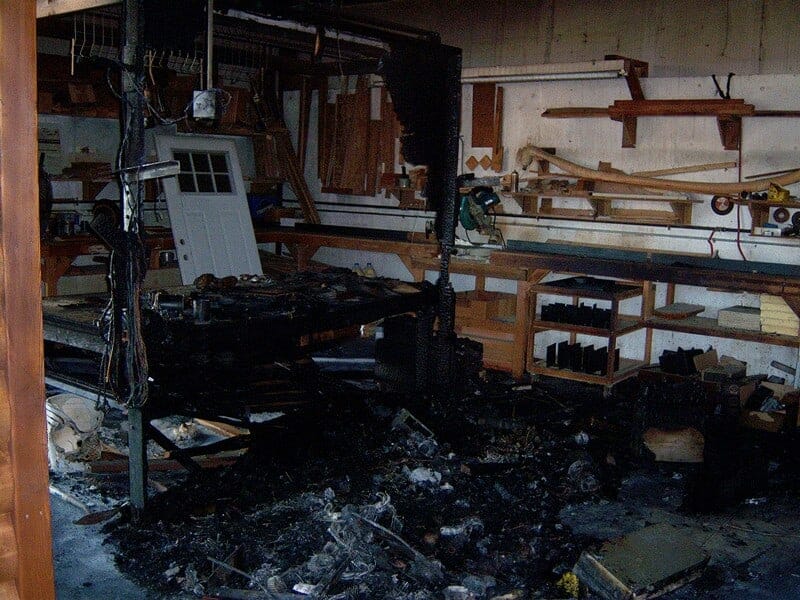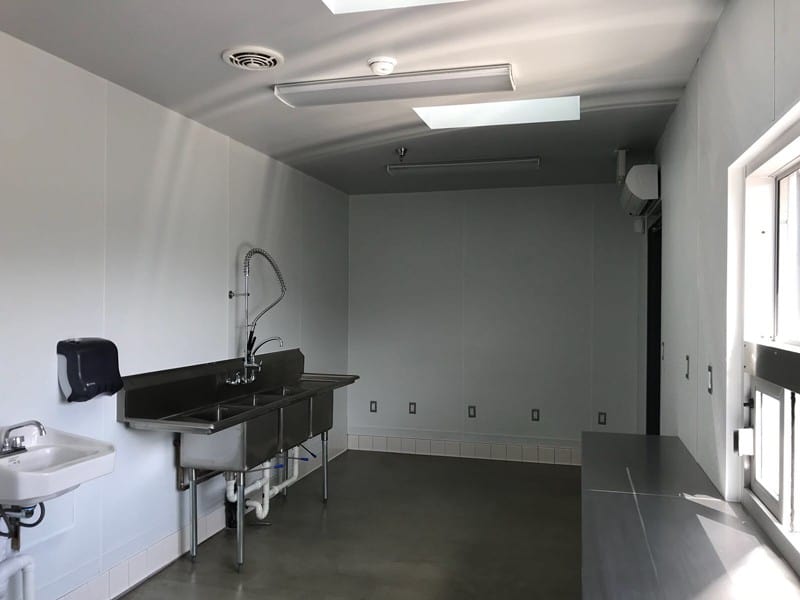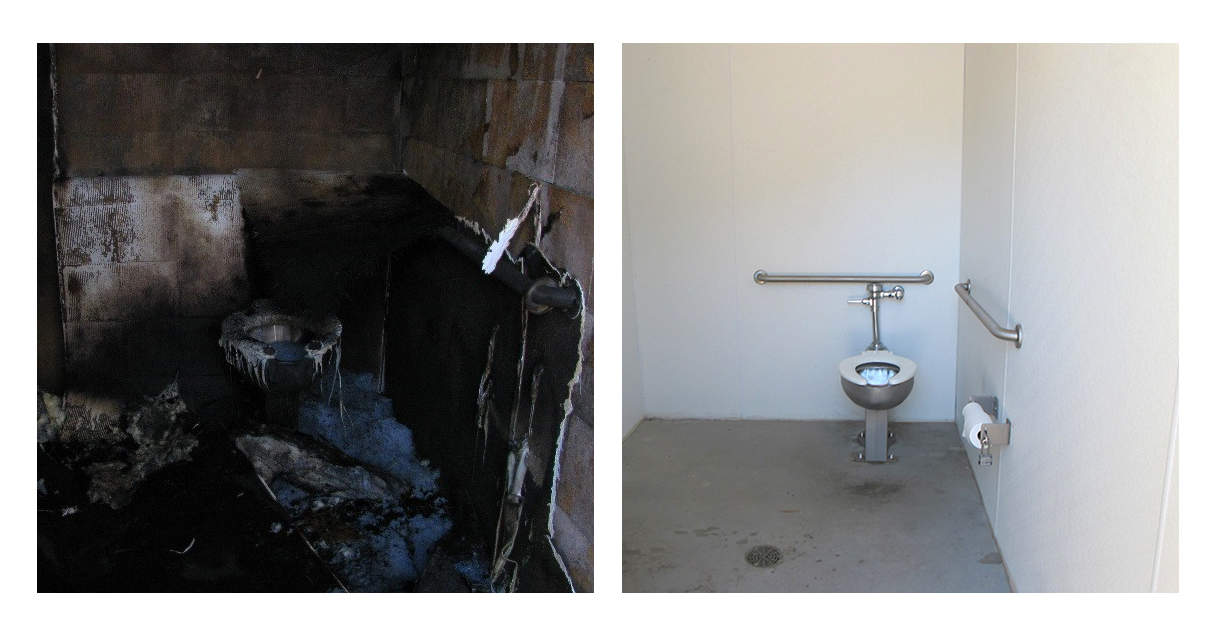
Romtec designs, supplies, and constructs buildings for all types of parks & rec applications. Our buildings are designed to meet or exceed any and all code requirements, including fire safety regulations. Designing a building with reliable fire protection can be as simple as including fire and smoke alarms. Adding flame retardant materials to the building may also be a requirement depending on the region. Most of the time, public buildings like those designed by Romtec don’t require a high level of fire protection because of the occupancy, but choosing an appropriate method of fire protection is a best practice for any building design.

Active Fire Protection Systems
Fire protection systems fall into two main categories, Active Fire Protection systems and Passive Fire Protection systems. Active Fire Protection (AFP) describe types of fire protection that require some form of action to operate properly. Many of these systems are triggered automatically after detecting certain conditions. Both smoke alarms and fire sprinklers are types of AFP. Other types of AFP require manual operation to function, such as a fire extinguisher. Firefighters are even considered a form of AFP. Although many of our projects don’t require AFP systems beyond alarms, we have incorporated all types AFP into our public buildings over the years. While AFP is used to alert occupants of the fire and attempt to suppress it, passive fire protection fulfills another role entirely.
Passive Fire Protection Systems
Passive fire protection systems (PFP) don’t require any action to function properly. The primary purpose of this form of protection is to contain fires in one area of a building and to prevent it from spreading. Fire resistant walls, fire doors, and dampers are all PFP systems that can be included in a building design. One element Romtec regularly includes in our public buildings are firewalls. These are often required to separate buildings with two or more occupancy ratings. Homes with attached garages use firewalls on the shared wall. Romtec has designed and supplied firewalls in many of our multipurpose parks & recreation buildings, like our concession/restrooms where each section is rated differently. Individually these PFP systems contain and slow fires, and when combined with AFP systems your building has nominal protection against fire.

Safety Planning and Building Code Requirements
Fire and smoke are a bad combination and potentially a lethal one. Building codes will equip proper fire protection to reduce the risk of fire damage, injury, and even death. Increasing your building’s fire protection can be achieved through many means, whether they are active or passive in nature. Which systems are required is determined by building codes and the building’s occupancy ratings, size, and its contents. Nearly every building today has smoke or heat alarms installed as a standard, and uses features like fire doors and firewalls help protect the building and its occupants.
The best protection against fire damage is preparation. Planning for these circumstances can make all the difference in a building’s lifespan and occupant safety. Romtec has included all kinds of fire protection systems in our buildings and our knowledge and experience offers a direct benefit to our client’s buildings. Fire protection systems are included on an “as-needed” basis to meet local requirements, but understanding what goes into your building and why will benefit the long-term management of your facility. Contact Romtec’s Sales Team today and get started on your fire-resistant building!
